These Women Followed Salmon Migration on Horseback
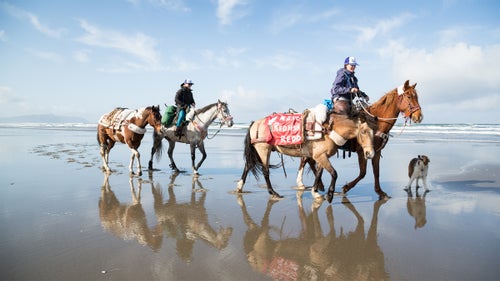
This spring, Kat Cannell, MJ Wright, and Katelyn Spradley set out on horseback to follow a salmon’s upstream battle from the mouth of the Columbia River to central Idaho’s Redfish Lake. The young trio, who all grew up on horses and now work and guide in the outdoors, planned the 900-plus-mile trip to learn about the waterways, animals, and stakeholders involved in a salmon’s journey to spawn.
After riding across public land, along highways, and through the city streets of Portland, the team and their seven horses arrived at Redfish Lake on June 9. Here, photographer John Webster, who followed the women for much of the time, shares a few images from their ride.
Photo: Spradley, 27, and Cannell, 26, started the expedition on the beaches of Astoria, Oregon. Wright, 23, met them in Portland due to a prior engagement. For the bulk of their ride, the women had seven horses, one of which was on rotating rest and the others were used for riding and carrying gear.
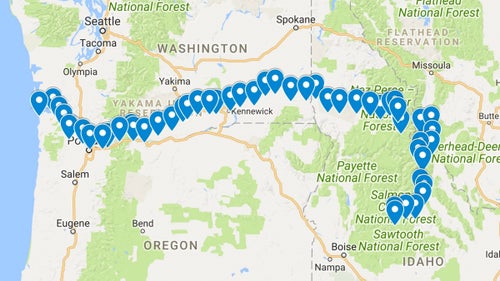
A map of the expedition route beginning on the coast and continuing through Astoria, Portland, eastern Washington, and finally through the Salmon-Challis National Forest in Idaho.
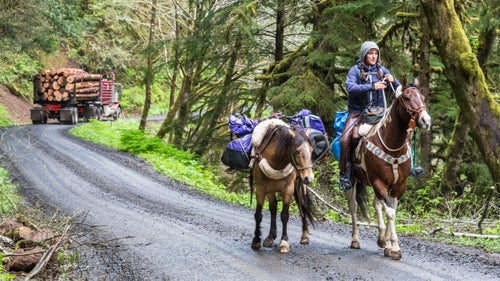
Vehicles were prevalent for the entire trip but fortunately never became an issue, thanks to months of training with the horses around roads the previous winter. There were countless sketchy scenarios, blind corners, and speeding logging trucks, but the team pushed on and found smaller, lesser-used routes when they could.
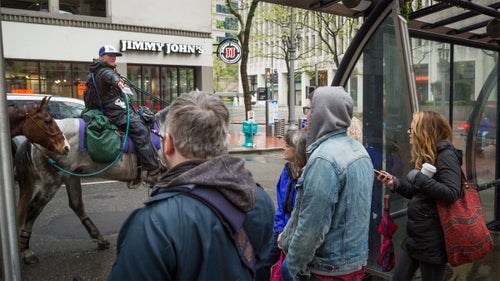
With Wright’s arrival four days into the trip, the full team headed into Portland, Oregon, the largest city on the itinerary. Handing out flyers and stickers pointing pointed folks to their fundraising efforts, they turned heads at bus stops and storefronts.
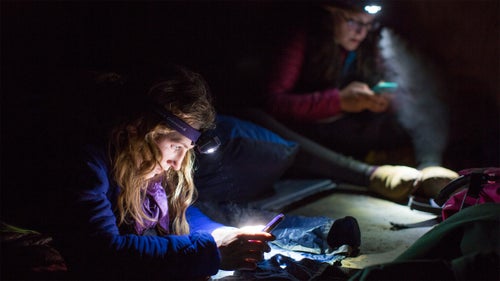
The women had cell service during most of the trip and were constantly changing course to maintain the safest route for them and the horses. Although the ultimate goal was to follow the natural path of the sockeye to Redfish Lake, weather and roadblocks prevented them from tracking directly alongside the water.
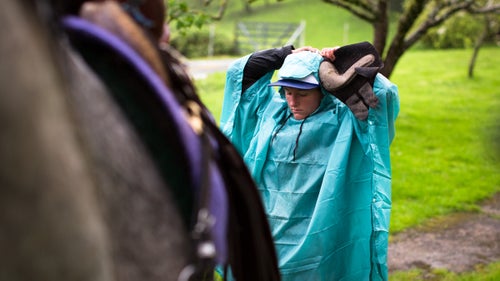
Stress levels rose when a horse would show signs of discomfort or difficulty eating. A few of the horses had to be replaced along the way. It was unanimous among the women that priority number one, aside from the salmon, was the health and well-being of their horses. There were a couple visits from veterinarians and a lot of on-the-fly treatments to keep the horses healthy.
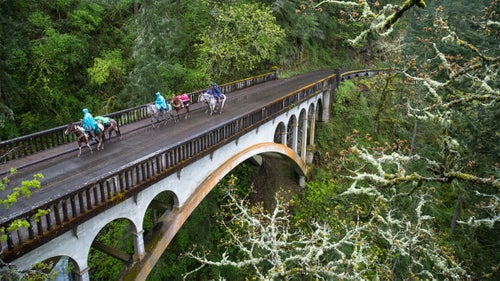
The Pacific Northwest provided its usual scenery and wowed the women, all from Idaho, with its moisture and greenery. The famous waterfalls alongside the Historic Columbia River Highway provided eye candy as the trio took the less-trafficked route instead of the busy I-84. It was unfortunately on this road where the women had to trailer the horses, something they never wanted to do, to go around a road closure for a few short miles.
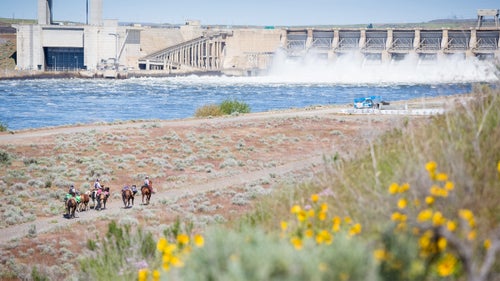
“When the salmon are returning to sea, they only have a certain amount of time before their androgynous system switches over from freshwater to salt,” says Spradley. “Ultimately what happens is they need a current in order to find where they are going, so the reservoirs cause delays. The lengthened amount of time it takes for fish to get back to where they are going causes them to starve and die.”
The Snake River is home to four dams that have long been a national point of contention for those fighting for salmon. Ice Harbor Dam, pictured here, is the first upstream obstacle for salmon on the Snake.
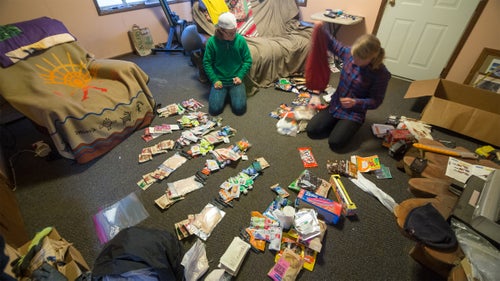
Meals for a majority of the trip were the typical freeze-dried items that any backpacker would carry in the wilderness. Anything that could be packed on the horses that was not too heavy was deemed a good option. On occasion, generous people who hosted the women and horses for an evening would make them a hot meal.
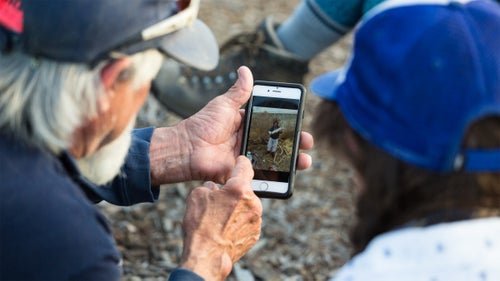
Locals throughout the trip would approach the women with stories about the area and their history with salmon. Along the Snake, everyone had photos of their biggest fish and their family’s relationship to the river. All of those people expressed a concern with the low fish numbers today. Many spots don’t have fish at all.